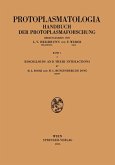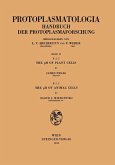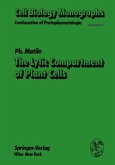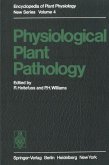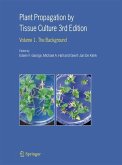In comparing plant and animal tumors it must bc remembered, however, that there are certain developmental and I'unctional characteristics C01- monly used in the differentiation of animal cancers that are more or less restricted to animals and cannot, therefore, be carried over and applied to plant tumors. These have been dealt with in detail by WHITE and BRAUN (1942) and by BLACK (1949), and will not be considered further here. The most essential characteristic of being able to grow independently of any morphogenetic restraint, upon which all of the other diagnostic features must ultimately depend, is, however, equaHy capable of expression in neoplasia of a11 higher organisms since it is a characteristic of the ceH itself. One striking aspect of tumor genesis is the multiplicity of diverse agencies that are seemingly capable of accomplishing essentially the same end result. Radiant energy, irritation, carcinogenic ehemicals, parasitic organisms, and virus es have all been shown to serve as incitors of tumors in animals. The effectiveness of these various I'actors in cliciting tumor formation appears to be a I'unction of the hereditary constitution of the host. Many of these same agencies have also beeIl found to be concerned etiologically in the inception of tumors in plants.
Hinweis: Dieser Artikel kann nur an eine deutsche Lieferadresse ausgeliefert werden.
Hinweis: Dieser Artikel kann nur an eine deutsche Lieferadresse ausgeliefert werden.


